In estimating total emissions, global warming potentials (GWPs) are used to calculate carbondioxide equivalents for methane and nitrous oxide to sum emissions impacts over different gases Agriculture and forestry together are estimated to account for 105 percent of US greenhouse gas emissions in 18, including carbon dioxide emissionsWe now emit over 36 billion tonnes each year Emissions growth has slowed over the last few years, but they have yet to reach their peak GlobalFoundries (GF), the global leader in featurerich semiconductor manufacturing, today announced its goal to reduce greenhouse gas emissions by 25% from to 30, as the company expands
Q Tbn And9gcru8bhhknat97hnugsgt3fcweawfrqgvyyoxykpbkw2b8yrjw Usqp Cau
Which country has done the most to reduce greenhouse gas emissions
Which country has done the most to reduce greenhouse gas emissions- The benefits of reduced greenhouse gas emissions occur on the same timescale as the political decisions that lead to those reductions Without major action to reduce emissions, global temperature is on track to rise by 25 °C to 45 °C (45 °F to 8 °F) by 2100, according to the latest estimates4 rows Global Greenhouse Gas Emissions Worldwide, net emissions of greenhouse gases from
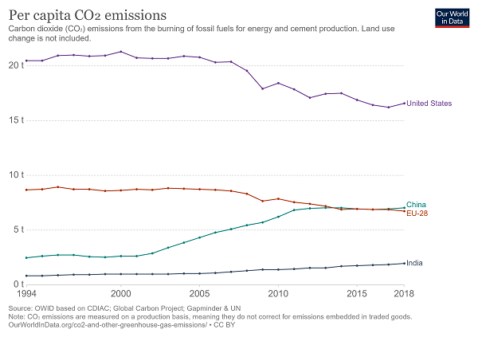



Where Are Us Emissions After Four Years Of President Trump
US CO2 emissions for 19 appear to be 84 MMmt lower than if components of the Kaya identity (shown in Figure 3) matched their trends over the previous decade (08–18) US energy intensity decreased by 30% compared with a 19% average decline in the previous decade, which led to 19 US CO2 emissions that were 57 MMmt lower than if Global CO 2 emissions from coal use declined by almost 0 million tonnes (Mt), or 13%, from 18 levels, offsetting increases in emissions from oil and natural gas Advanced economies saw their emissions decline by over 370 Mt (or 32%), with the power sector responsible for 85% of the drop Milder weather in many large economies compared with 18 Global lockdowns due to the pandemic reduced air pollution and lowered CO2 emissions, but due to the cumulative nature of greenhouse gases, the environmental relief is temporary, and the longterm problem remains Governments and businesses are addressing the greenhouse gas issue with policies to achieve more sustainable operations, and to
Global emissions of methane, a potent greenhouse gas, have soared over the past decade, according to two new studies that tracked growing sources of the odorless, colorless gas Instead of beginning a longawaited decline, global greenhouse gas emissions are projected to grow slightly during 19, reaching another record high, according to a new analysis published TuesdayClimate change impacts can be mitigated by reducing greenhouse gas emissions and by enhancing sinks that absorb greenhouse gases from the atmosphere In order to limit global warming to less than 15 °C with a high likelihood of success, global greenhouse gas emissions needs to be netzero by 50, or by 70 with a 2 °C target
Greenhouse Gas Emissions Need to Fall Over 7% Each Year We Must Stop Procrastinating Members of Christian youth groups from the Americas hold a demonstration at the COP25 climate conference in › en español Scientists attribute the global warming trend observed since the mid th century to the human expansion of the "greenhouse effect" 1 — warming that results when the atmosphere traps heat radiating from Earth toward space Certain gases in the atmosphere block heat from escaping Longlived gases that remain semipermanently in the atmosphere Most of the world's greenhouse gas emissions come from a relatively small number of countries China, the United States, and the nations that make up the European Union are the three largest emitters on an absolute basis Per capita greenhouse gas emissions are highest in the United States and Russia Global Carbon Dioxide Emissions, 1850–40



Total Greenhouse Gas Emission Trends And Projections In Europe European Environment Agency




What Would Happen To The Climate If We Stopped Emitting Greenhouse Gases Today
The air contains a mix of invisible greenhouse gases, each of which affects the climate over a different timescale Photograph First/zefa/Corbis Carbon Brief and Duncan ClarkMain Greenhouse Gases Multiple gases contribute to the greenhouse effect that sets Earth's temperature over geologic time Small changes in the atmospheric concentration of these gases can lead to changes in temperature that make the difference between ice ages when mastodons roamed the Earth, and the sweltering heat in which the dinosaurs lived Greenhouse gas emissions global carbon emissions jump to alltime high in 18 three trends will combine over the next years



Www Pbl Nl Sites Default Files Downloads Pbl Trends In Global Co2 And Total Greenhouse Gas Emissions 19 Report 4068 Pdf




The U S Has A New Climate Goal How Does It Stack Up Globally The New York Times
Before COVID19, our analysis showed China's current policy projections reaching total greenhouse gas (GHG) emissions between 137–147 GtCO 2 e/year in 30 Our prior analysis also showed China achieving its and 30 pledgesGreenhouse gas emissions by China are the largest of any country in the world both in production and consumption terms, and stem mainly from coalfired power stations, coal mining, and blast furnaces producing iron and steel When measuring productionbased emissions, China emitted over 12 gigatonnes CO 2eq of greenhouse gases in 14; Since 1751 the world has emitted over 15 trillion tonnes of CO 2 1 To reach our climate goal of limiting average temperature rise to 2°C, the world needs to




Donald Trump Doesn T Believe In Climate Change Here Are 16 Irrefutable Signs It S Real Shareable Wilmington Star News Wilmington Nc



Greenhouse Gas Emissions Our World In Data
Over the past 171 years, human activities have raised atmospheric concentrations of CO 2 by 48% above preindustrial levels found in 1850 This is more than what had happened naturally over a ,000 year period (from the Last Glacial Maximum to 1850, from 185 ppm to Meanwhile, greenhouse gas (GHG) emissions from agriculture are strongly concentrated in a few commodities with beef, dairy, and rice accounting for over 80% of agricultural GHG emissions (Table 2The planet's average surface temperature has risen about 212 degrees Fahrenheit (118 degrees Celsius) since the late 19th century, a change driven largely by increased carbon dioxide emissions into the atmosphere and other human activities 4 Most of the warming occurred in the past 40 years, with the seven most recent years being the warmest The years 16 and are tied for
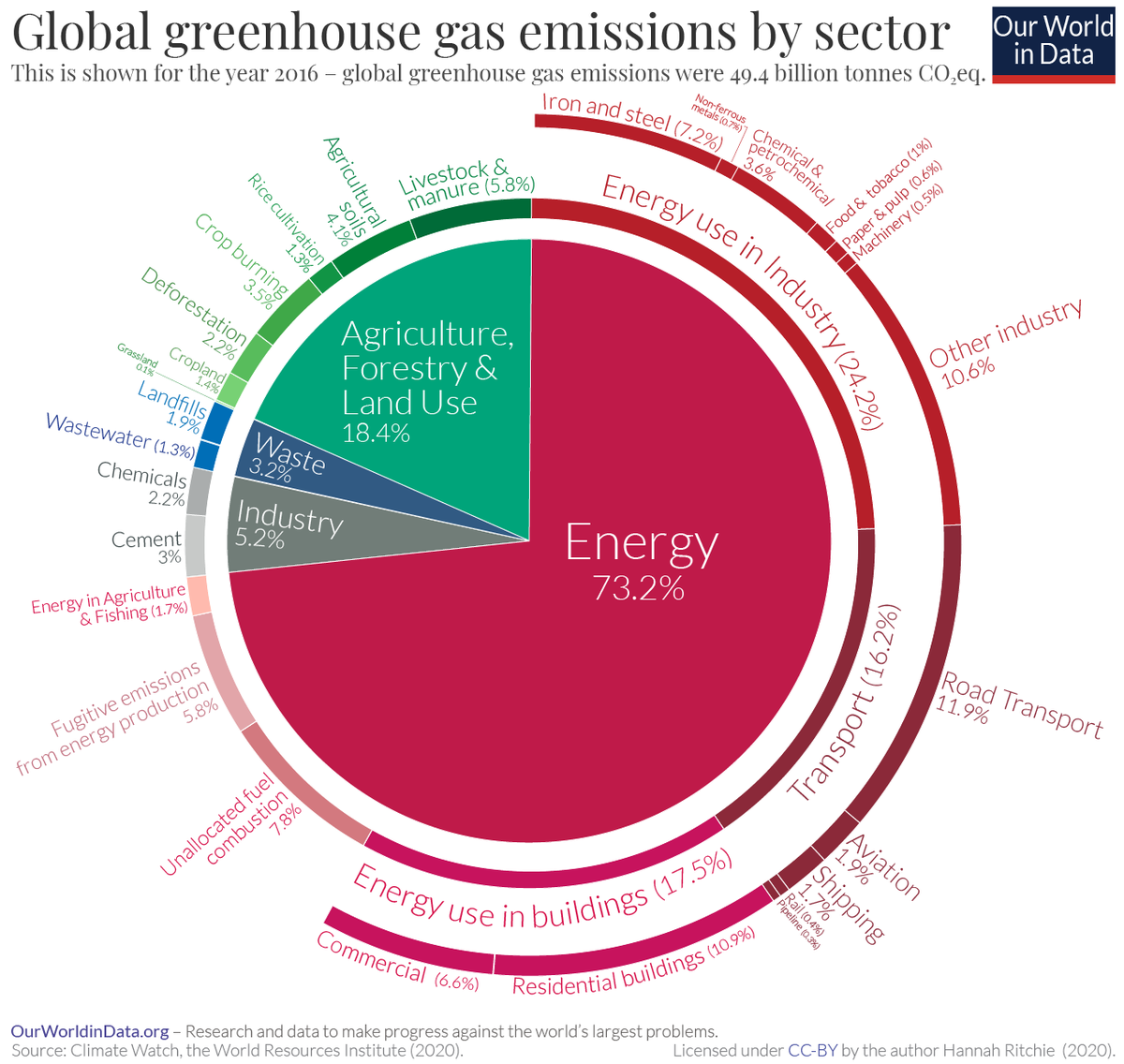



A Global Breakdown Of Greenhouse Gas Emissions By Sector




Where Are Us Emissions After Four Years Of President Trump
Global greenhouse gas emissions must peak in Refraining from overheating or overcooling homes, walking and cycling, cutting air^ "Greenhouse Gas Inventory Data" diunfcccint Retrieved ^ "Greenhouse Gas Emissions over 165 Years" ^ "Global Carbon Budget 19 Carbon Portal" Global Carbon Project doi/GCP19 Source data in megatonnes of carbon (MtC), converted in MtCO 2 e using the suggested multiplication factor of 36642 emissions over this time period, and 678% of total CO 2 emissions Developing countries accounted for industrial CO 2 emissions of 162% over this time period, and 322% of total CO 2 emissions In comparison humans have emitted more greenhouse gases than the Chicxulub meteorite impact event which caused the extinction of the dinosaurs




Global Carbon Emissions Increase Stanford News




File Global Greenhouse Gas Emissions By Sector 1990 05 In Carbon Dioxide Equivalents Epa 10 Png Wikimedia Commons
"Anthropogenic greenhouse gas emissions have increased since the preindustrial era, driven largely by economic and population growth, and are now higher than ever This has led to atmospheric concentrations of carbon dioxide, methane and nitrous oxide that are unprecedented in at least the last 800,000 years New Zealand greenhouse gas (GHG) emissions have been relatively unchanged since 05 In 18 New Zealand's gross greenhouse gas emissions were 7 million tonnes of CO 2e, 240 percent higher than 1990 and 10 percent lower than 17 In 18Almost 30% of the world total




Germany S Greenhouse Gas Emissions And Energy Transition Targets Clean Energy Wire




China S Greenhouse Gas Emissions Exceeded The Developed World For The First Time In 19 Rhodium Group
To find out more about the role of fluorinated gases in warming the atmosphere and their sources, visit the Fluorinated Greenhouse Gas Emissions page Emissions and Trends Overall, fluorinated gas emissions in the United States have increased by about 86 percent between 1990 and 19 Greenhouse gas emissions and atmospheric concentrations have increased over the past 150 years Emissions of several important greenhouse gases that result from human activity have increased substantially since largescale industrialization began in the mid1800s Most of these humancaused (anthropogenic) greenhouse gas emissions were carbon37 Greenhouse Gas Emissions and Climate Change San Francisco VA Medical Center Long Range Development Plan 373 Final EIS Greenhouse Gases and Global Emission Sources Prominent naturally occurring GHGs in Earth's atmosphere are water vapor, carbon dioxide (CO 2), methane, nitrous oxide, and ozone



Greenhouse Gas Emissions Wikipedia
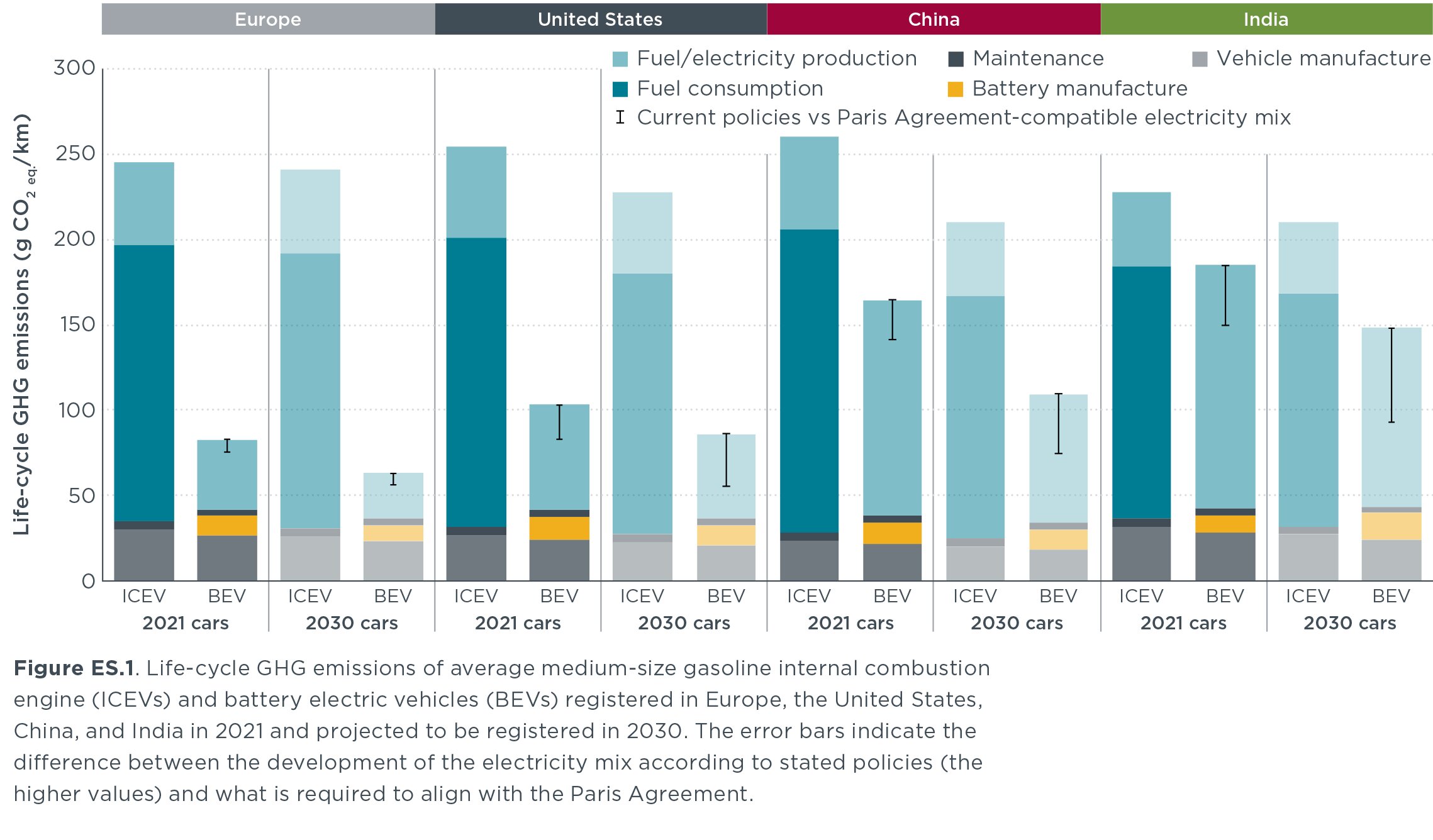



A Global Comparison Of Life Cycle Greenhouse Gas Emissions From Passenger Cars
According to the 19 AGGI report, the combined heating influence of the longlived, humanproduced greenhouse gases is 314 Watts for every square meter of Earth's surface Just over 80 percent of that is due to carbon dioxide (66%) and methane (16%) Over the past nine reporting years (1119), GHGRP reported direct emissions from sectors other than oil and gas (also excluding suppliers) declined by 190 percent This decline is primarily caused by a 249 percent decline in reported power plant emissions since 11Since 1990, gross US greenhouse gas emissions have increased by 2 percent From year to year, emissions can rise and fall due to changes in the economy, the price of fuel, and other factors In 19, US greenhouse gas emissions decreased compared to 18 levels



Reducing Carbon Dioxide And Other Greenhouse Gas Emissions Is One Of The Greatest Challenges Of This Century How Are Emissions Changing Over Time How Are They Distributed Across The World Which Countries
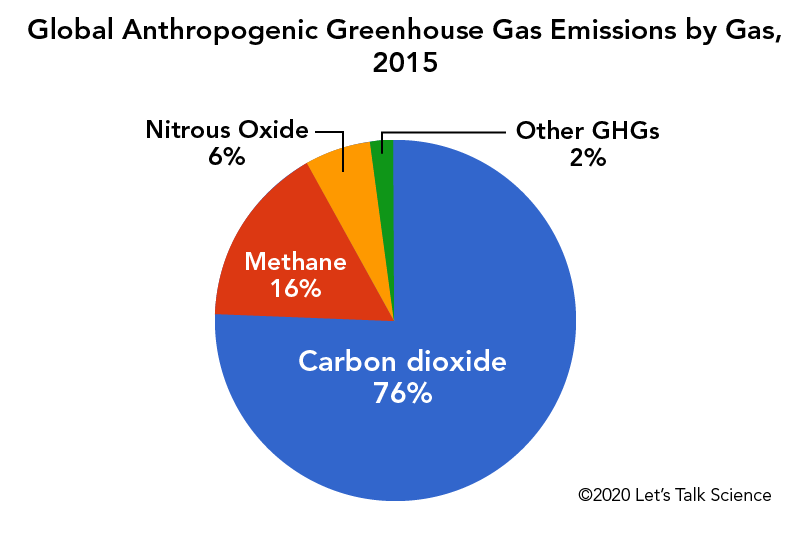



Cows Methane And Climate Change Let S Talk Science
Damaged peatlands contribute about 10% of greenhouse gas emissions from the land use sector CO 2 emissions from drained peatlands are estimated at 13 gigatonnes of CO 2 annually This is equivalent to 56% of global anthropogenic CO 2 emissions Fires in Indonesian peat swamp forests in 15, for example, emitted nearly 16 million tonnes of Just 25 megacities produce 52% of the world's urban greenhouse gas emissions In 15, 170 countries worldwide adopted the Paris Agreement, with the goal limiting the average global temperature Despite growing global awareness of the dangers posed by climate change, CO2 emissions rose in 17 for the first time in three years, pushed up by global economic growth The UN Emissions Gap Report analyses scientific studies on
/cdn.vox-cdn.com/uploads/chorus_asset/file/16185122/gw_graphic_pie_chart_co2_emissions_by_country_2015.png)



Climate Change Animation Shows Us Leading The World In Carbon Emissions Vox



Q Tbn And9gcru8bhhknat97hnugsgt3fcweawfrqgvyyoxykpbkw2b8yrjw Usqp Cau
In 1950 the world emitted 6 billion tonnes of CO2 By 1990 this had almost quadrupled to 22 billion tonnes Emissions have continued to grow rapidly;Greenhouse gas emissions could increase from 55 gigatons of CO2 equivalents (GtCO2e) in 19 to over 80 GtCO2e in 50 an almost 50 percent increase Causes of CO2emissions CO2emissions are mostly a result of burning fossil fuels such as coal, oil and gas Carbon dioxide (CO 2) is the primary greenhouse gas emitted through human activitiesIn 14, CO 2 accounted for about 809% of all US greenhouse gas emissions from human activities Carbon dioxide is naturally present in the atmosphere as part of the Earth's carbon cycle (the natural circulation of carbon among the atmosphere, oceans, soil, plants, and animals)
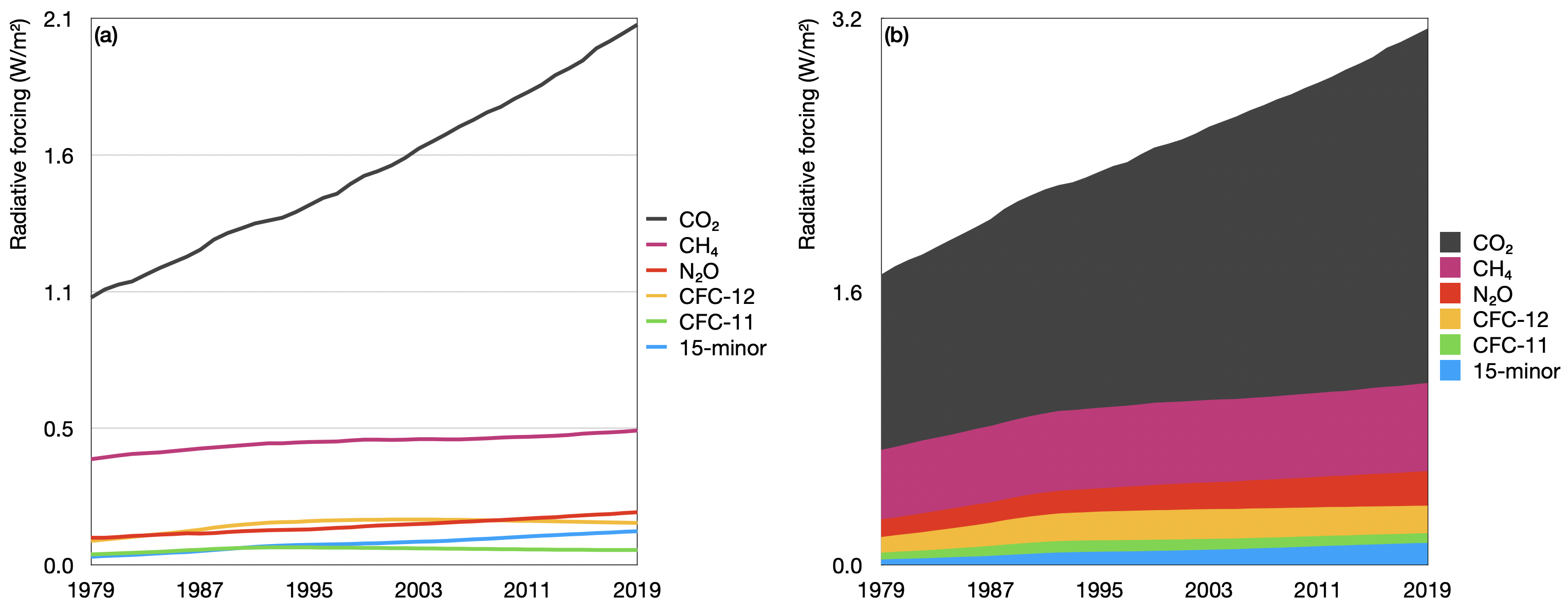



Greenhouse Gas Emissions
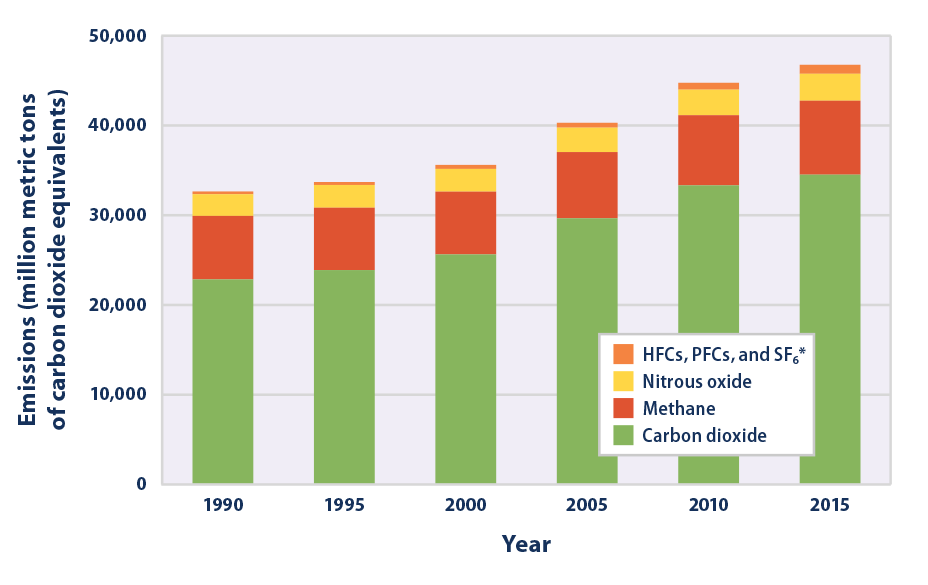



Climate Change Indicators Global Greenhouse Gas Emissions Us Epa
CO 2 remains in the climate system for a very long time CO 2 emissions cause increases in atmospheric concentrations of CO 2 that will last thousands of years Methane (CH 4) is estimated to have a GWP of 28–36 over 100 years (Learn why EPA's US Inventory of Greenhouse Gas Emissions and Sinks uses a different valueThis chart shows the change in global greenhouse gas emissions over time Greenhouse gases are measured in 'carbon dioxideequivalents' (CO 2 e) Today, we collectively emit around 50 billion tonnes of CO 2 e each year This is more than 40% higher than emissions in 1990, which were around 35 billion tonnes




Scale Distribution And Variations Of Global Greenhouse Gas Emissions Driven By U S Households Sciencedirect




Oil Giants Face Shareholder Pressure On Climate Emissions Greenhouse Gas Targets Environment All Topics From Climate Change To Conservation Dw 05 19




Ghg Pollution Reduction Roadmap Colorado Energy Office
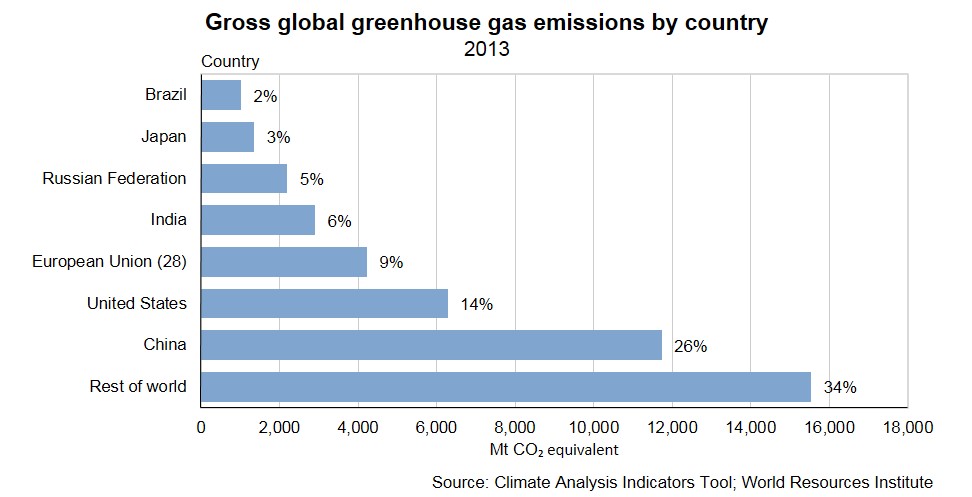



Global Greenhouse Gas Emissions Stats Nz



Www Pbl Nl Sites Default Files Downloads Pbl Trends In Global Co2 And Total Greenhouse Gas Emissions 19 Report 4068 Pdf
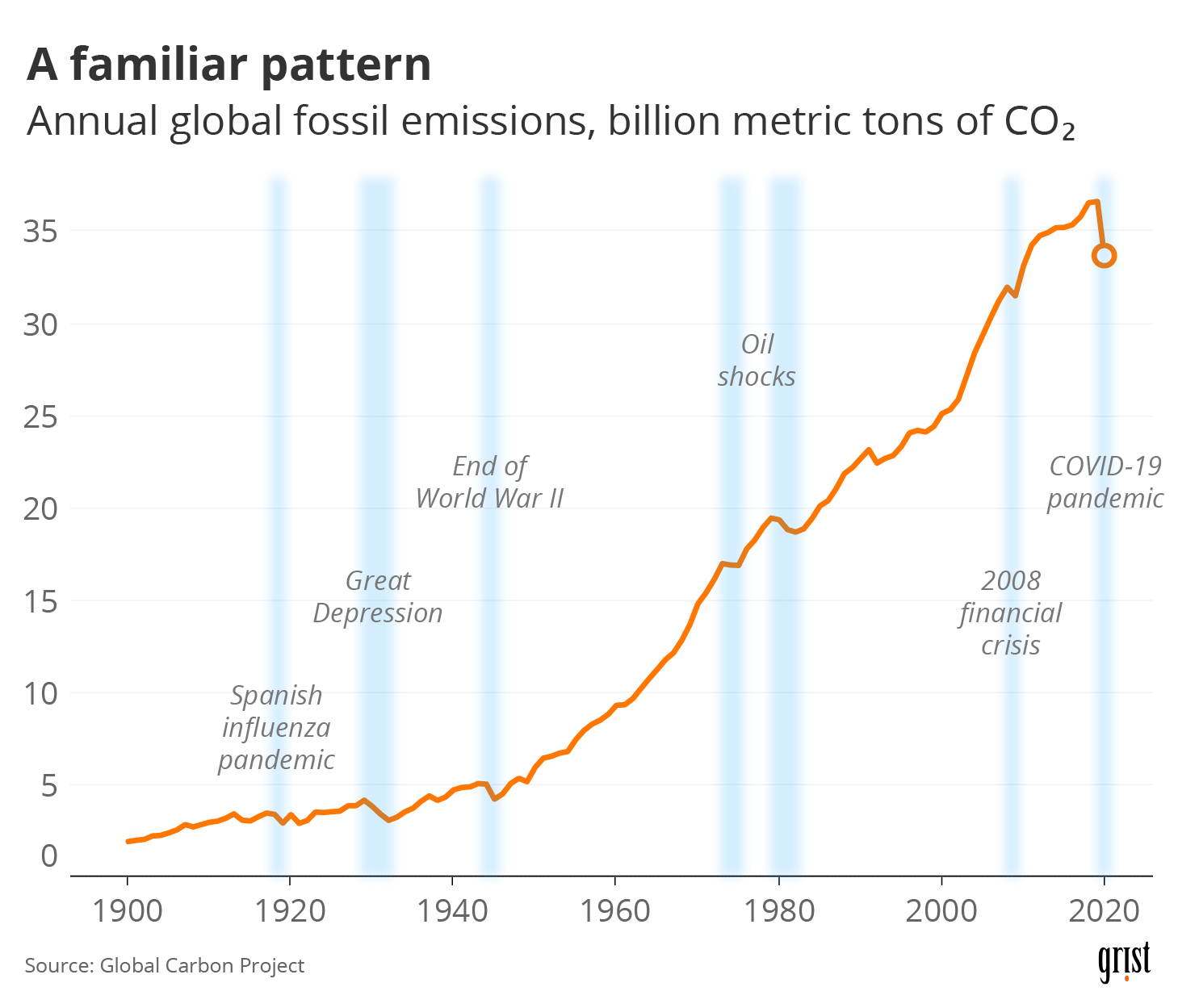



After A Century Of Growth Have Carbon Emissions Reached Their Peak Grist



Www Ipcc Ch Site Assets Uploads 18 12 Unep 1 Pdf
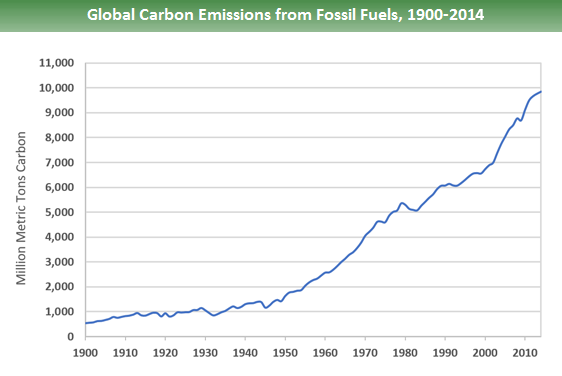



Global Greenhouse Gas Emissions Data Us Epa




Global Emissions Center For Climate And Energy Solutions




Why The Building Sector Architecture 30




Major Greenhouse Gas Reductions Needed By 50 Ipcc Climate Central
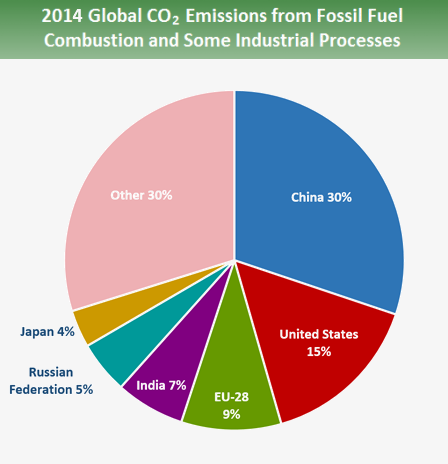



Global Greenhouse Gas Emissions Data Us Epa



1




France Greenhouse Gas Emissions Decreased By 16 9 From 1990 Levels Climate Scorecard




Hpigjcfw05sv9m



Q Tbn And9gct Le7debvsfnktv1ycjaf3msysop2mbpz4hsgs05ayck0oxwr5 Usqp Cau



Www Pbl Nl Sites Default Files Downloads Pbl 17 Trends In Global Co2 And Total Greenhouse Gas Emissons 17 Report 2674 Pdf
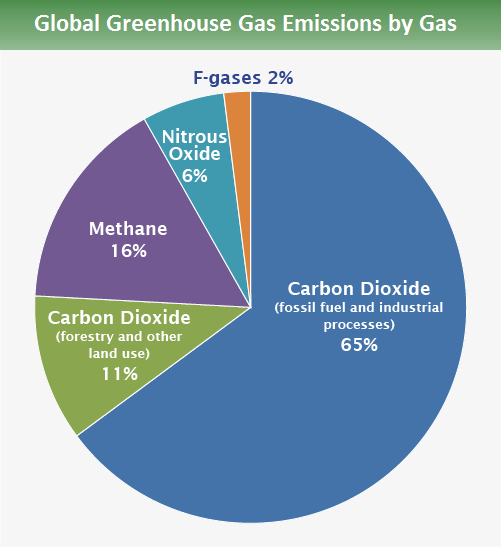



Global Greenhouse Gas Emissions Data Us Epa




Global Greenhouse Gas Emissions By Gas Type 1970 05 European Environment Agency




Co2 Emissions Our World In Data
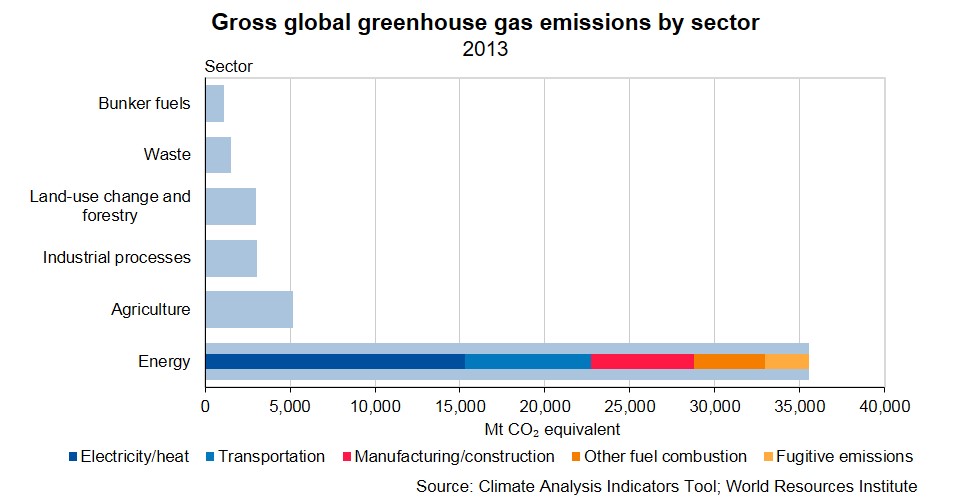



Global Greenhouse Gas Emissions Stats Nz




Global Greenhouse Gas Emissions Over Time Forecast For 10 And Target Download Scientific Diagram
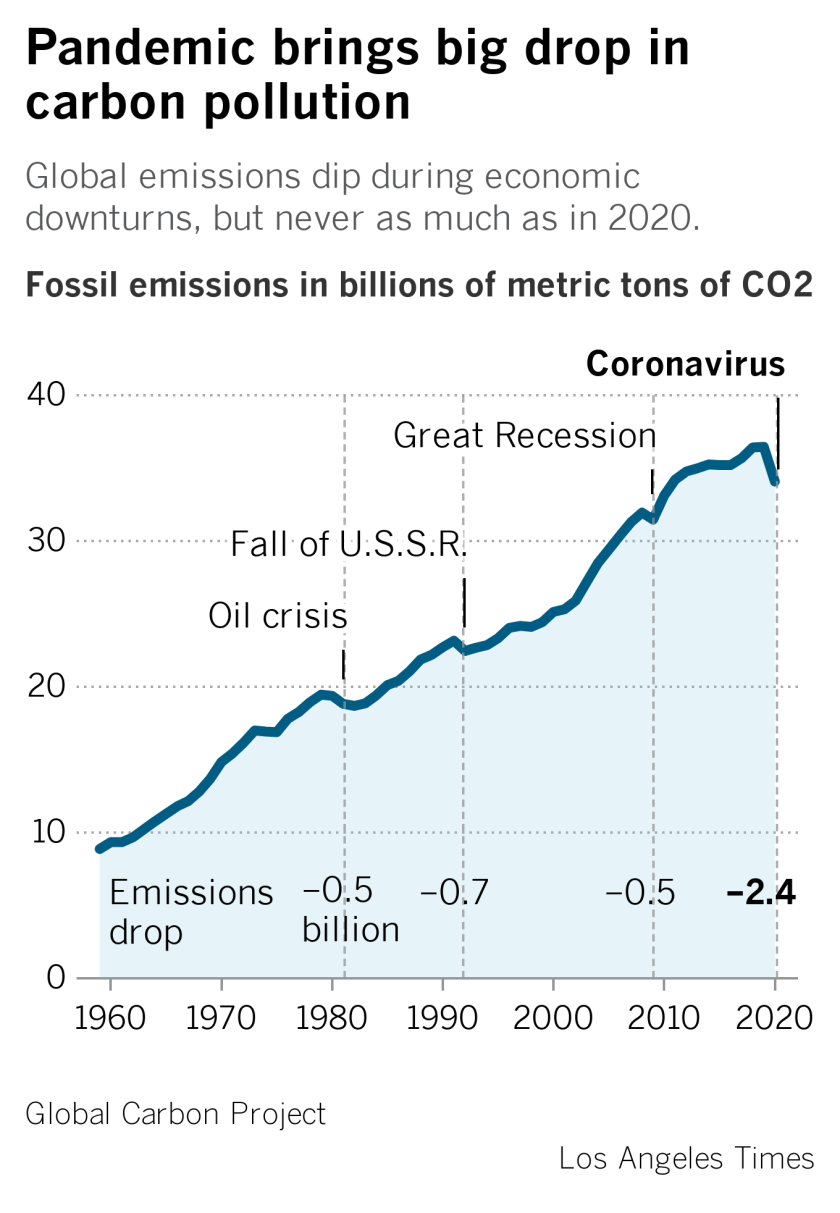



Global Carbon Emissions Dropped 7 Amid Covid 19 Los Angeles Times



Temperatures Climate Action Tracker




Greenhouse Gas Emissions Plunged 17 Percent During Pandemic The Washington Post



Emissions By Sector Our World In Data
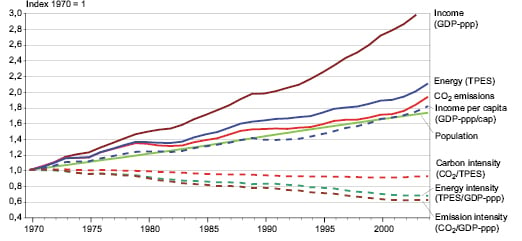



B Greenhouse Gas Emission Trends Ar4 Wgiii Summary For Policymakers
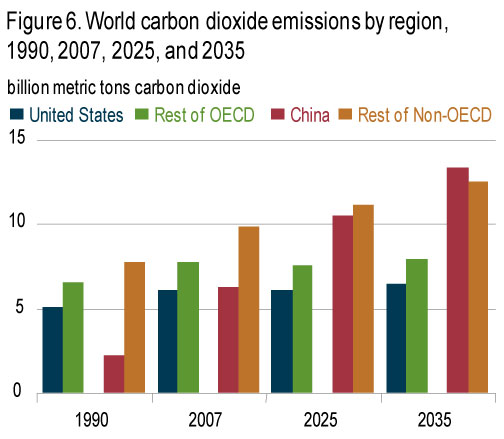



Eia Greenhouse Gas Emissions Overview




Global Historical Co2 Emissions 1750 Statista
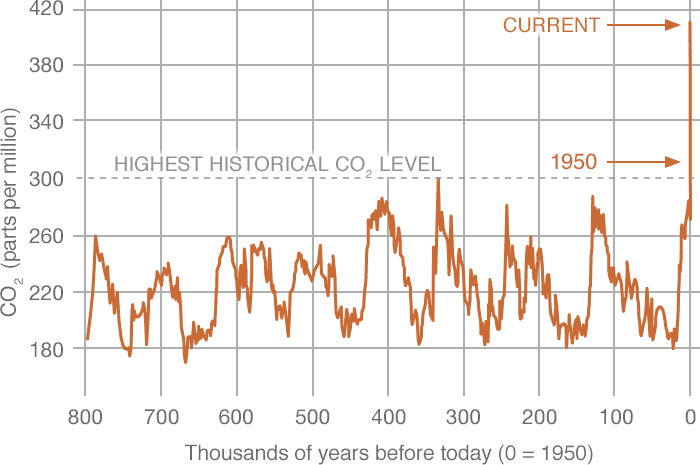



Carbon Dioxide Vital Signs Climate Change Vital Signs Of The Planet



Ipcc We Can Still Stop Global Warming But It S Going To Be Tough Vox
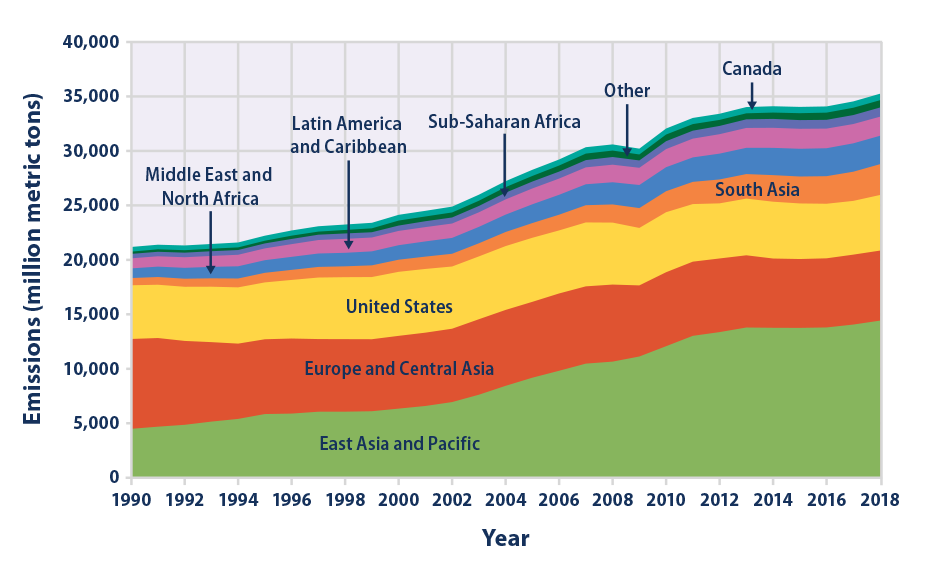



Climate Change Indicators Global Greenhouse Gas Emissions Us Epa




U S Ghg Emissions At Lowest Level In Years Climate Central




Global Greenhouse Gas Emissions From Livestock Knoema Com




More Than Half Of All Co2 Emissions Since 1751 Emitted In The Last 30 Years
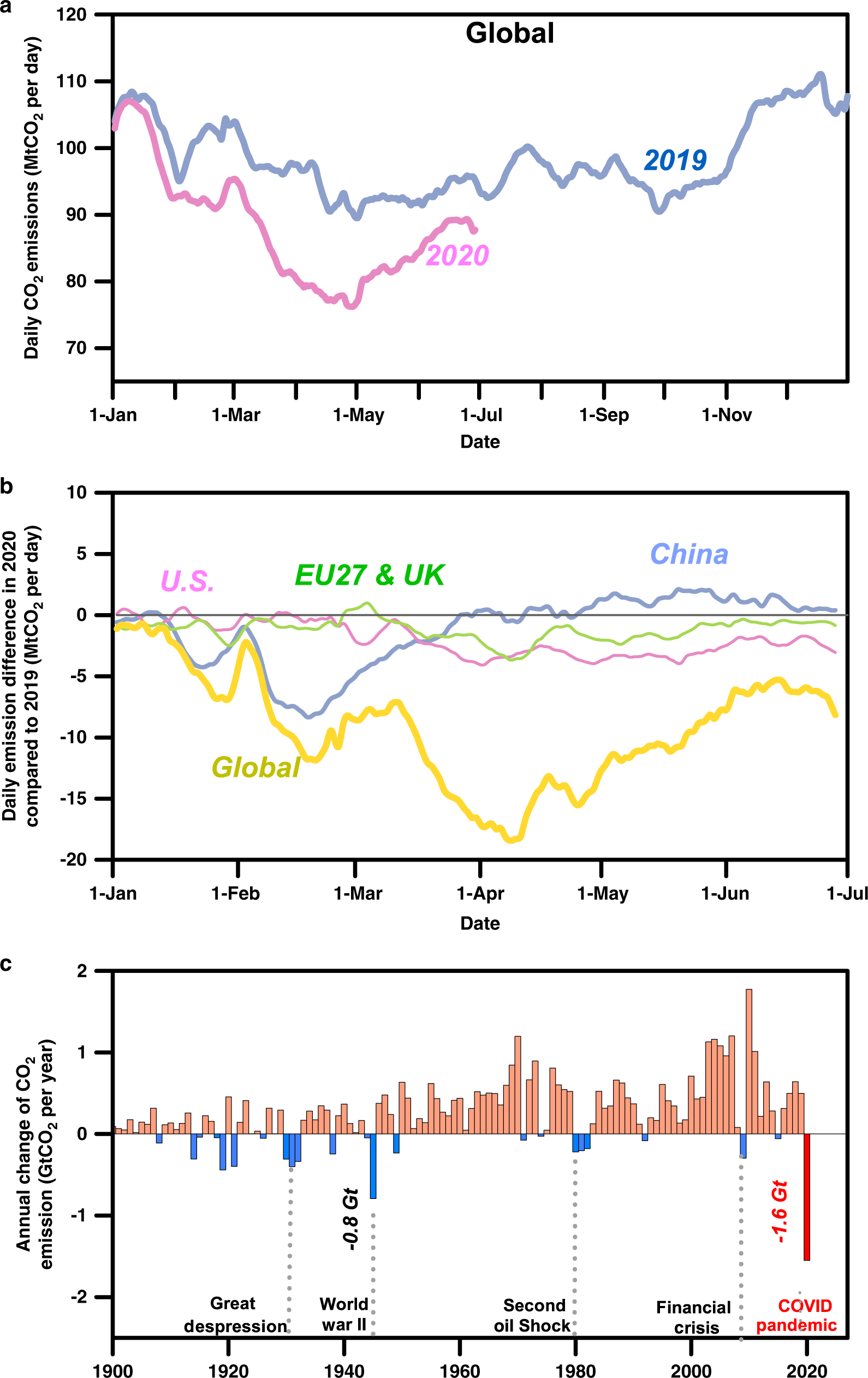



Near Real Time Monitoring Of Global Co2 Emissions Reveals The Effects Of The Covid 19 Pandemic Nature Communications



Co2 Emissions Our World In Data
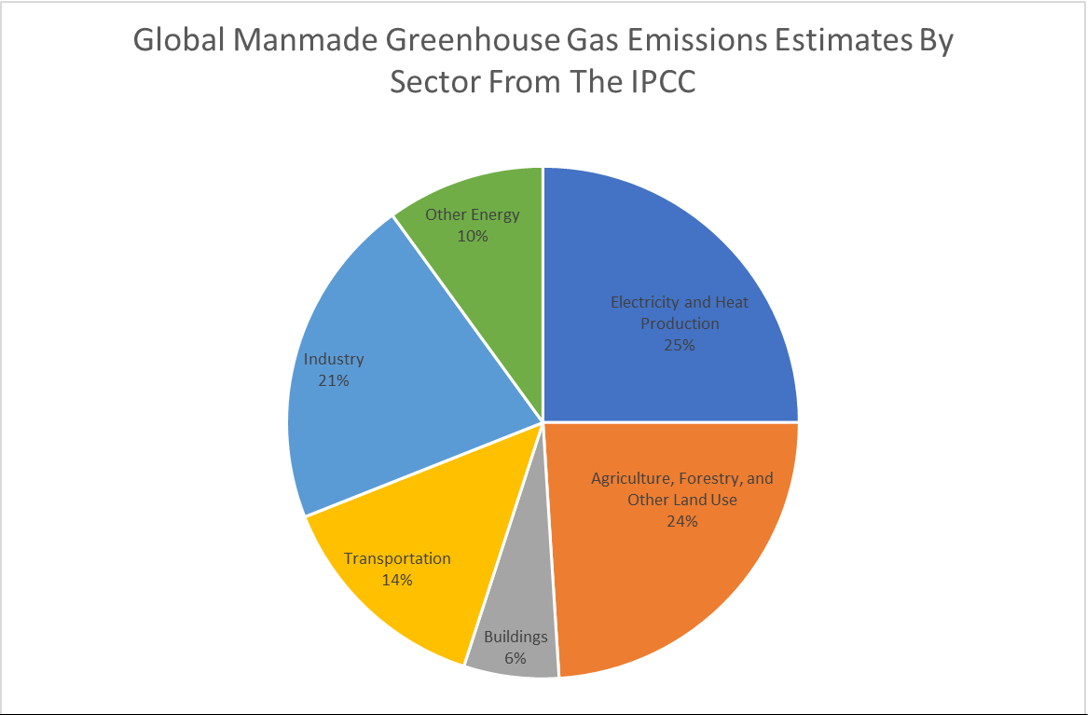



How Much Does Animal Agriculture And Eating Meat Contribute To Global Warming



Co And Greenhouse Gas Emissions Our World In Data
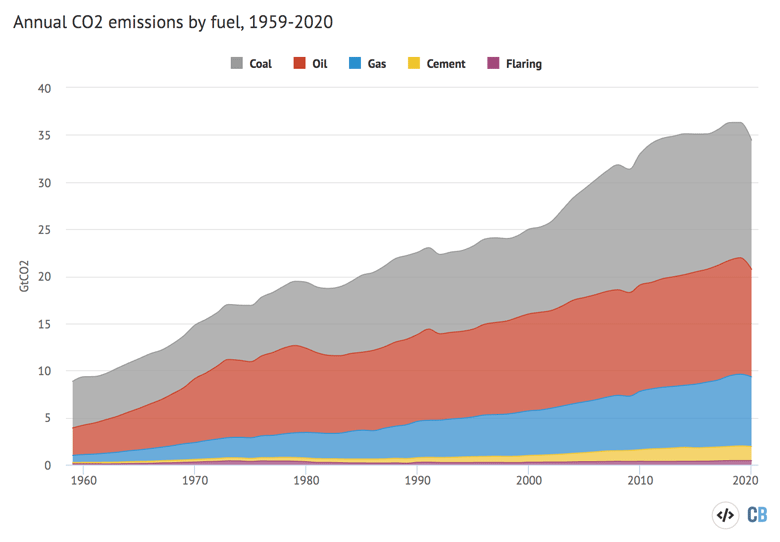



Global Carbon Project Coronavirus Causes Record Fall In Fossil Fuel Emissions In Carbon Brief
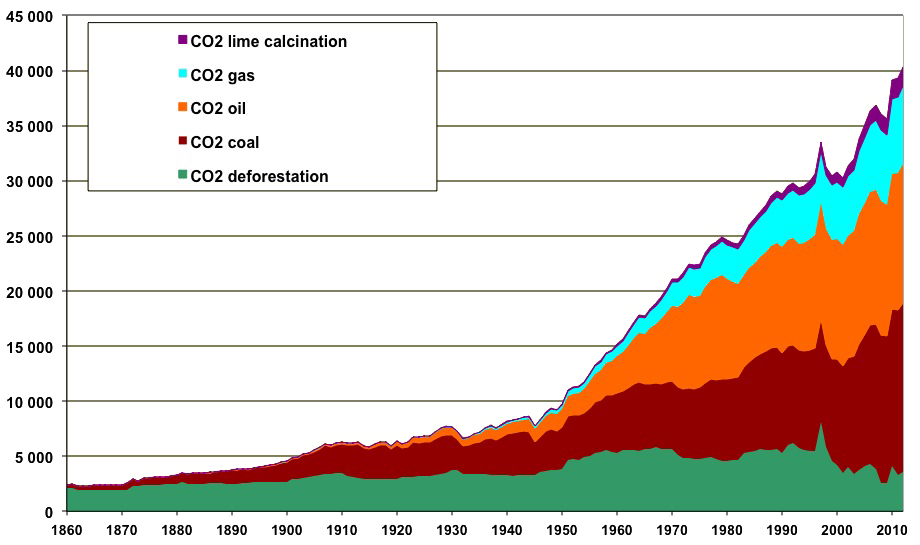



How Do Greenhouse Gas Emissions Presently Evolve Jean Marc Jancovici
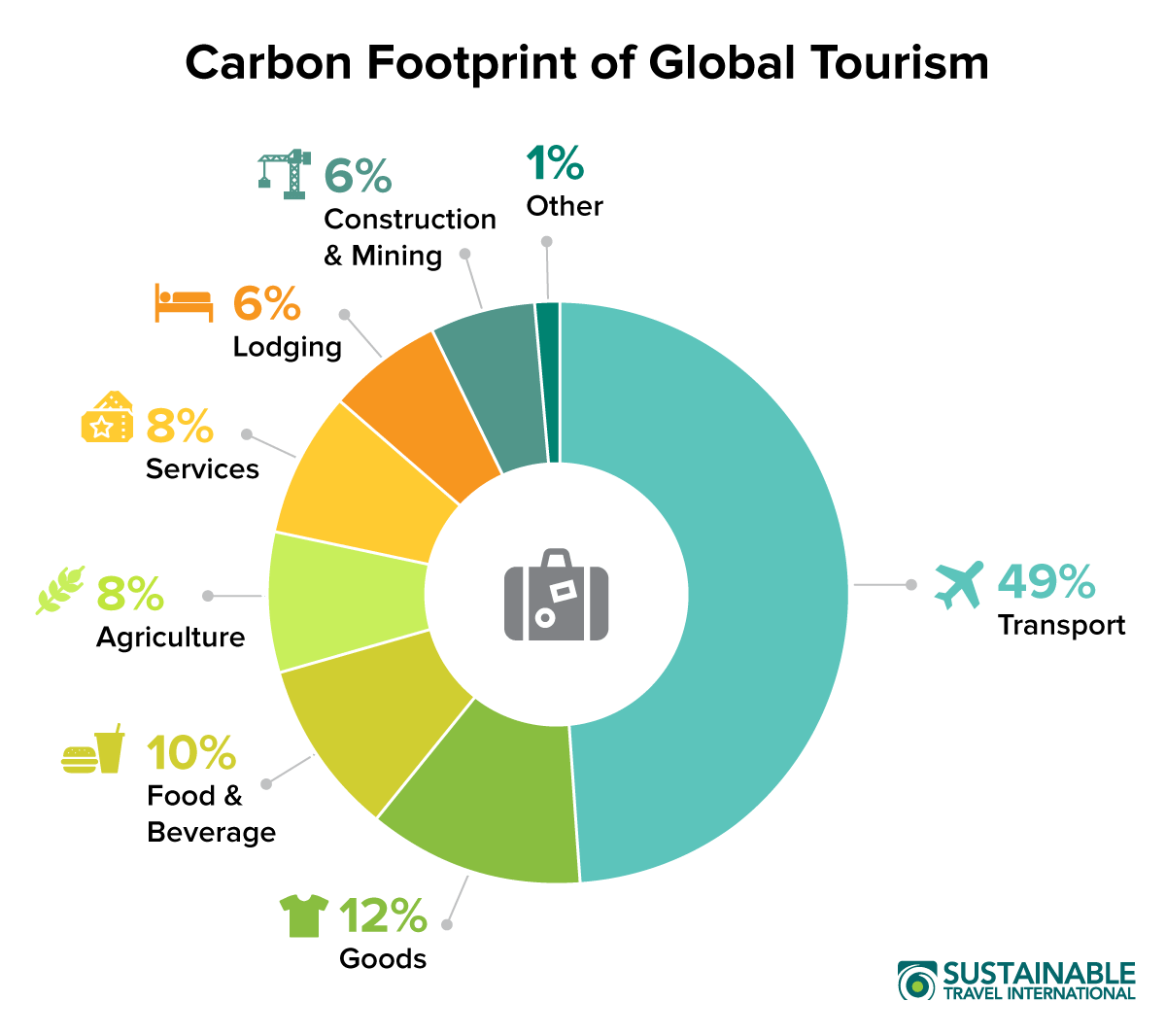



Carbon Footprint Of Tourism Sustainable Travel International




Co2 Emissions Declines From Lockdowns Will Not Solve The Climate Crisis
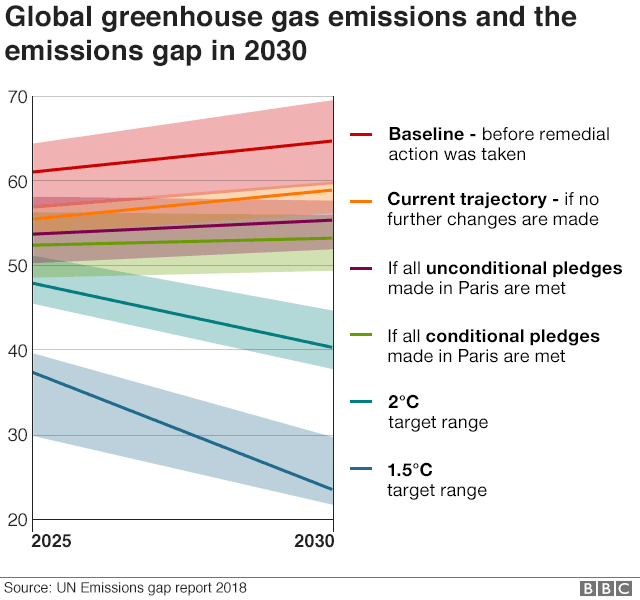



Climate Change Co2 Emissions Rising For First Time In Four Years c News
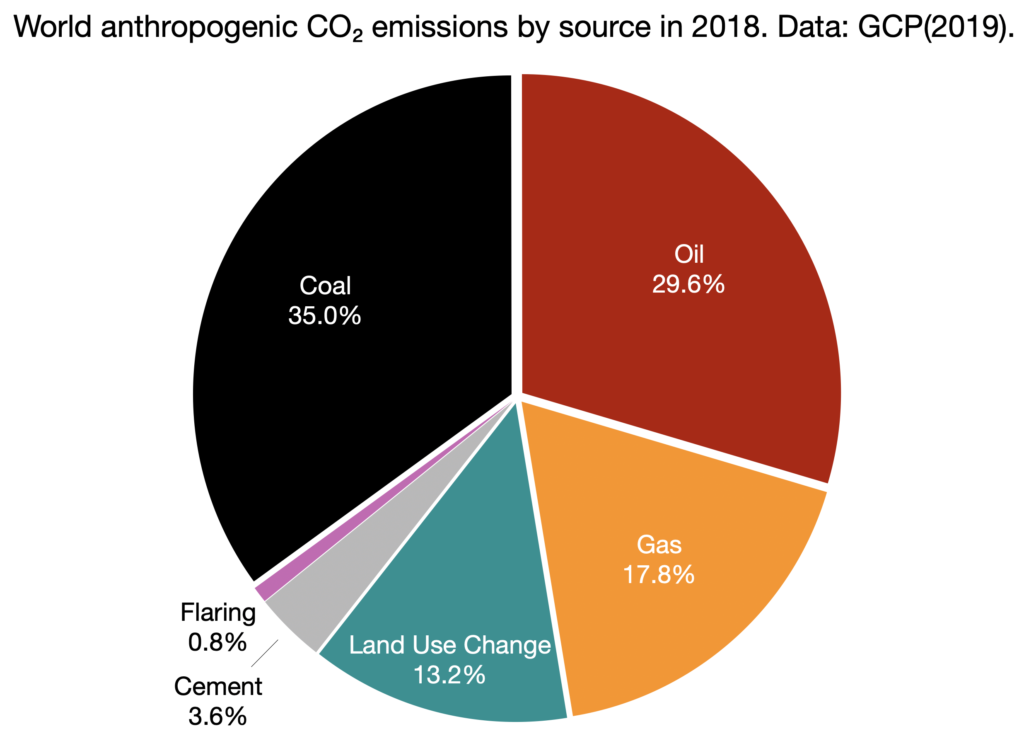



Greenhouse Gas Emissions



Co And Greenhouse Gas Emissions Our World In Data




Greenhouse Gas Emissions Range Resources
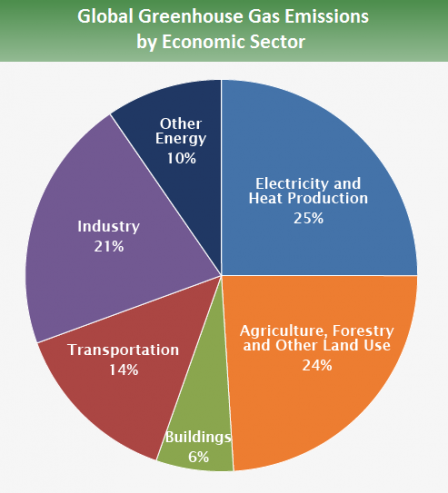



The Food System Climate Change Psci
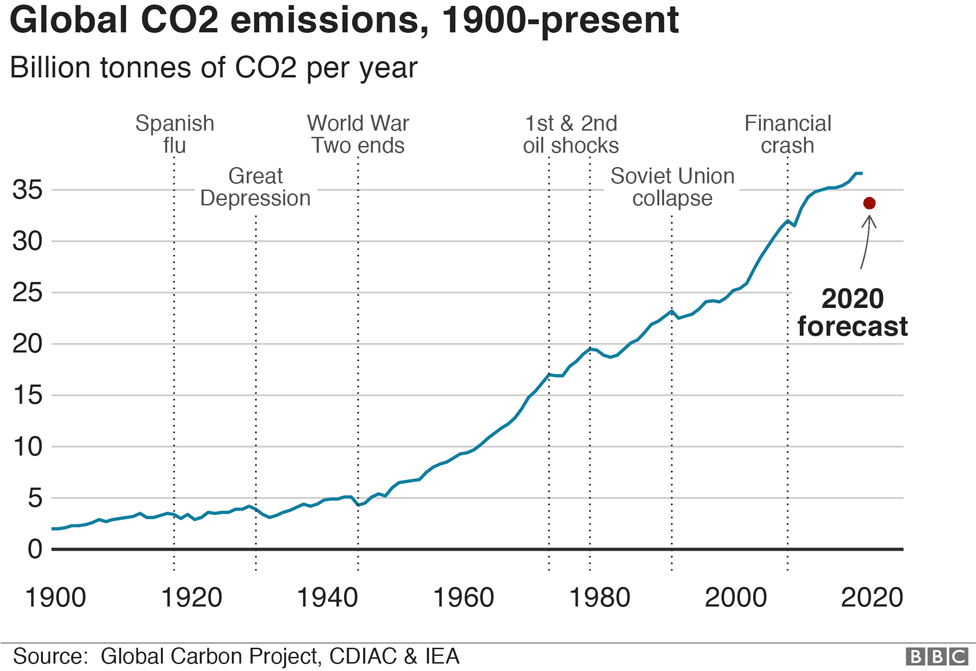



Climate Change And Coronavirus Five Charts About The Biggest Carbon Crash c News
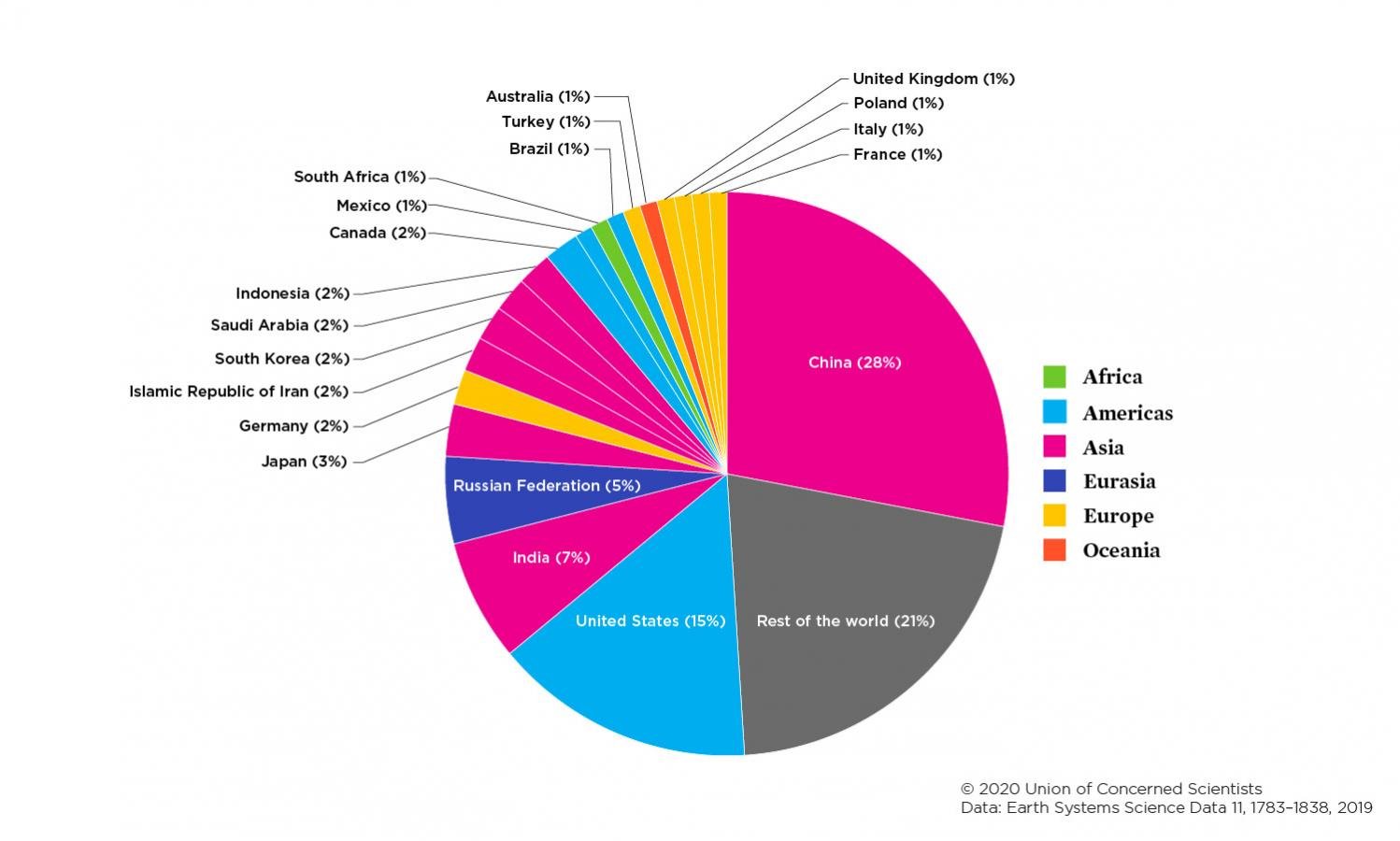



Each Country S Share Of Co2 Emissions Union Of Concerned Scientists




Global Greenhouse Gas Emissions By Sector Download Scientific Diagram




As Beef Comes Under Fire For Climate Impacts The Industry Fights Back Inside Climate News
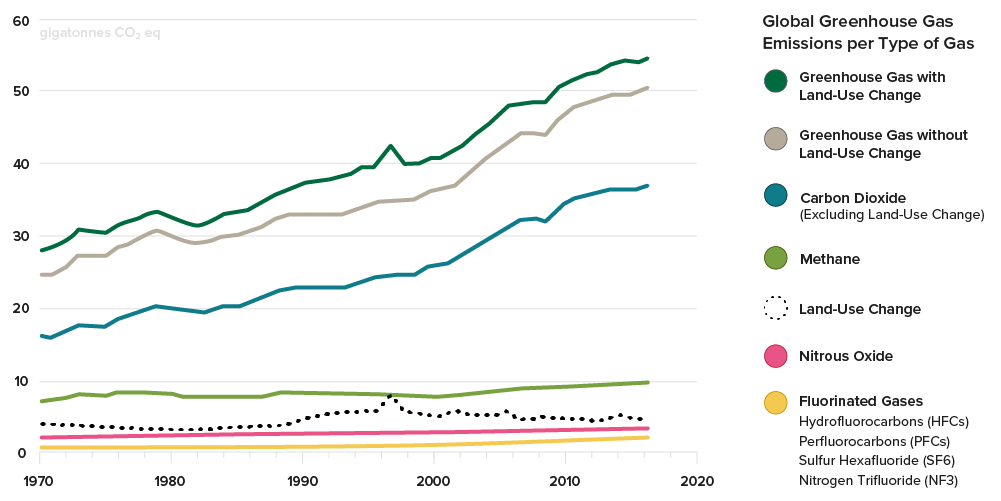



Carbon Emissions Forestry Carbon Credits The Arbor Day Foundation
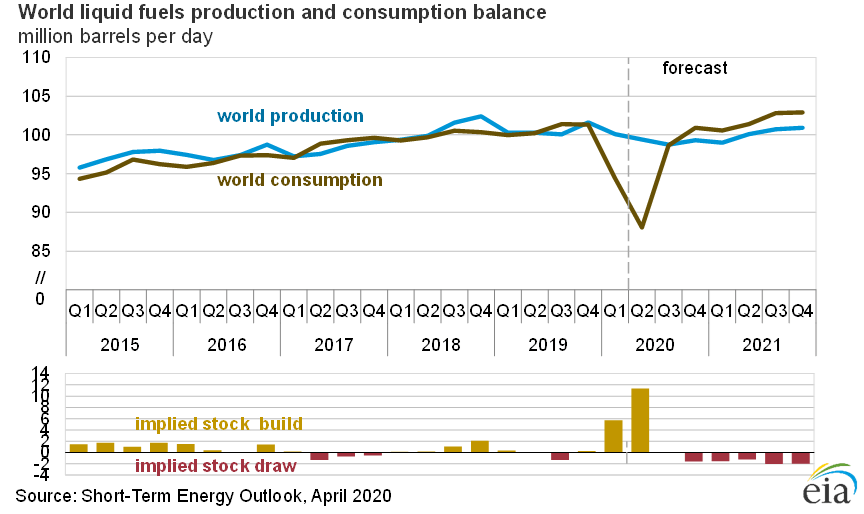



Forecast U S Greenhouse Gas Emissions To Fall 7 5 Percent In Mpr News




Climate Change Annual Greenhouse Gas Index Noaa Climate Gov




Carbon Footprint Factsheet Center For Sustainable Systems
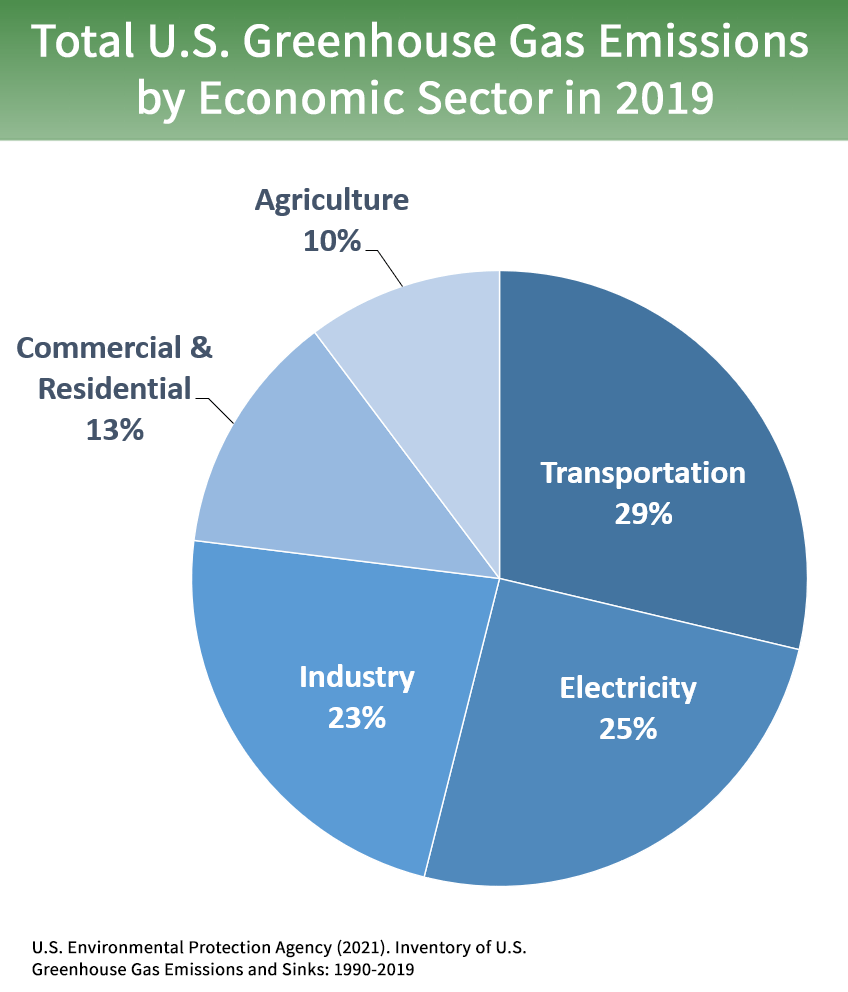



Sources Of Greenhouse Gas Emissions Us Epa
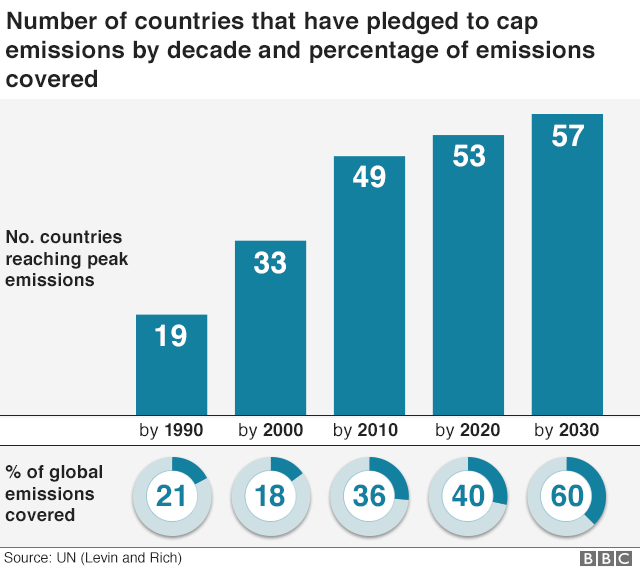



Climate Change Co2 Emissions Rising For First Time In Four Years c News
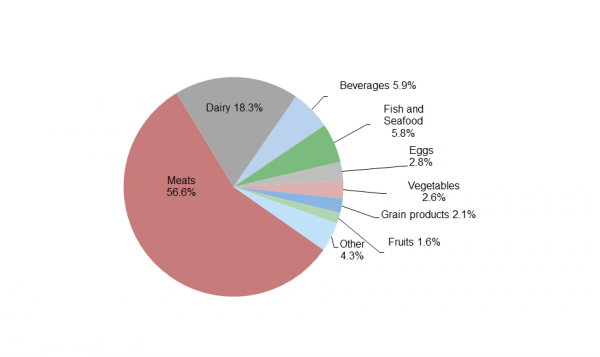



Carbon Footprint Factsheet Center For Sustainable Systems
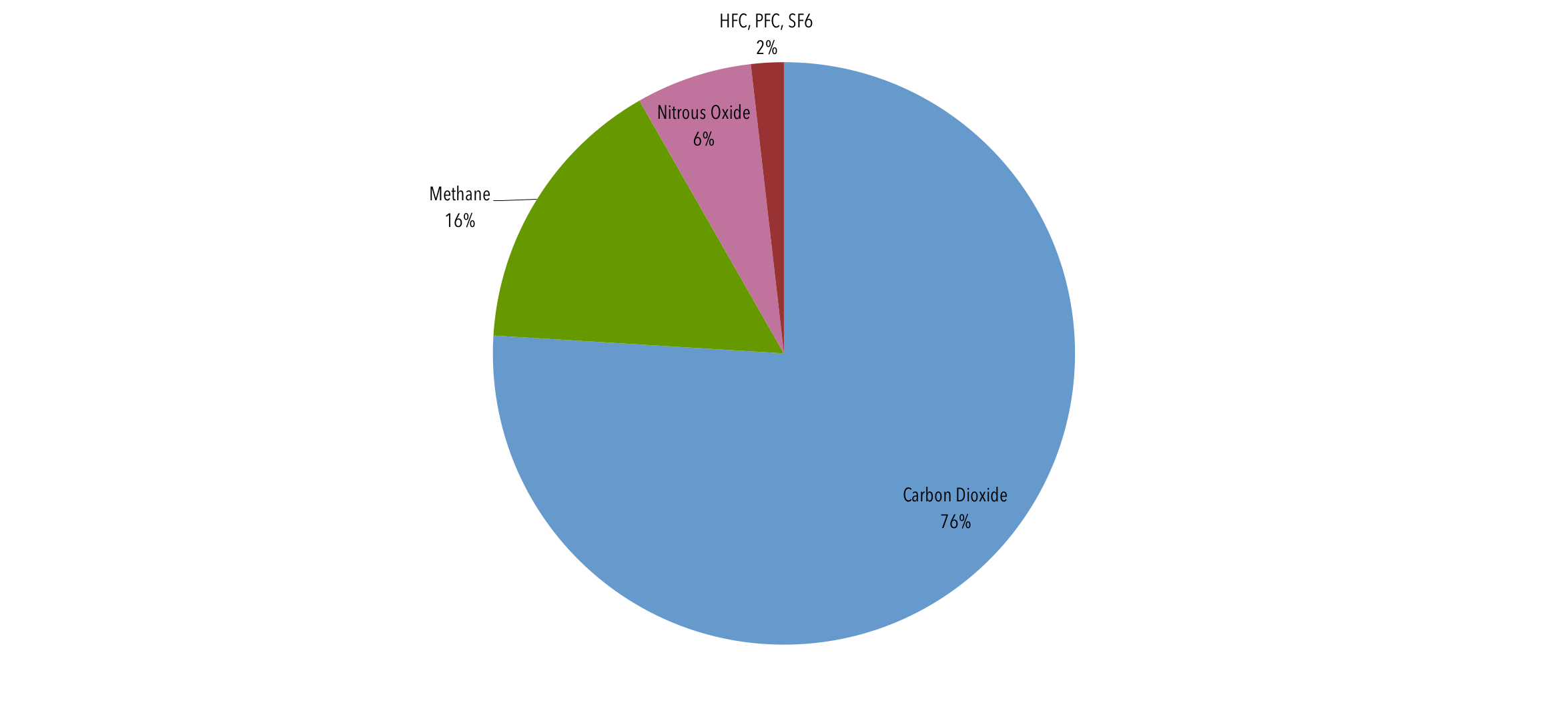



Global Emissions Center For Climate And Energy Solutions



Chart China Leads Greenhouse Gas Emissions Worldwide Statista




Unep Limiting Warming To 1 5c Requires Fivefold Increase In Climate Commitments Carbon Brief



Global Greenhouse Gas Emissions By Country And Sector Used Cait As Data Source Climatechange




Greenhouse Gas Emissions By China Wikipedia




Net Phase Out Of Global Greenhouse Gas Emissions Newclimate Institute
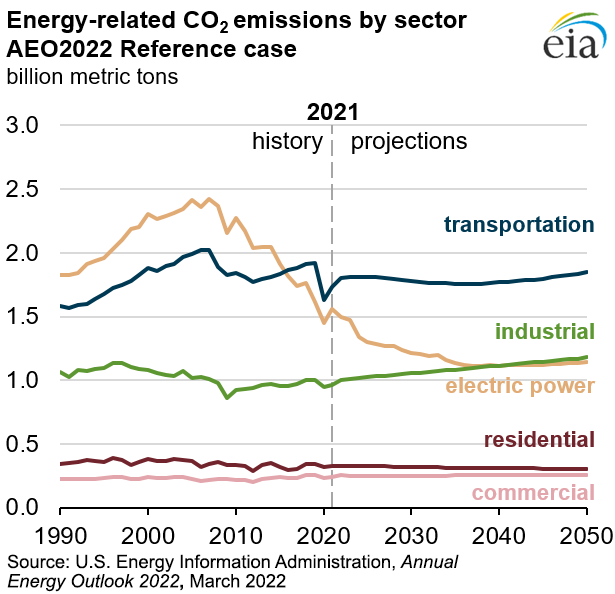



Outlook For Future Emissions U S Energy Information Administration Eia




China S Greenhouse Gas Emissions Exceeded The Developed World For The First Time In 19 Rhodium Group
.png)



Fact Sheet The Growth In Greenhouse Gas Emissions From Commercial Aviation White Papers Eesi
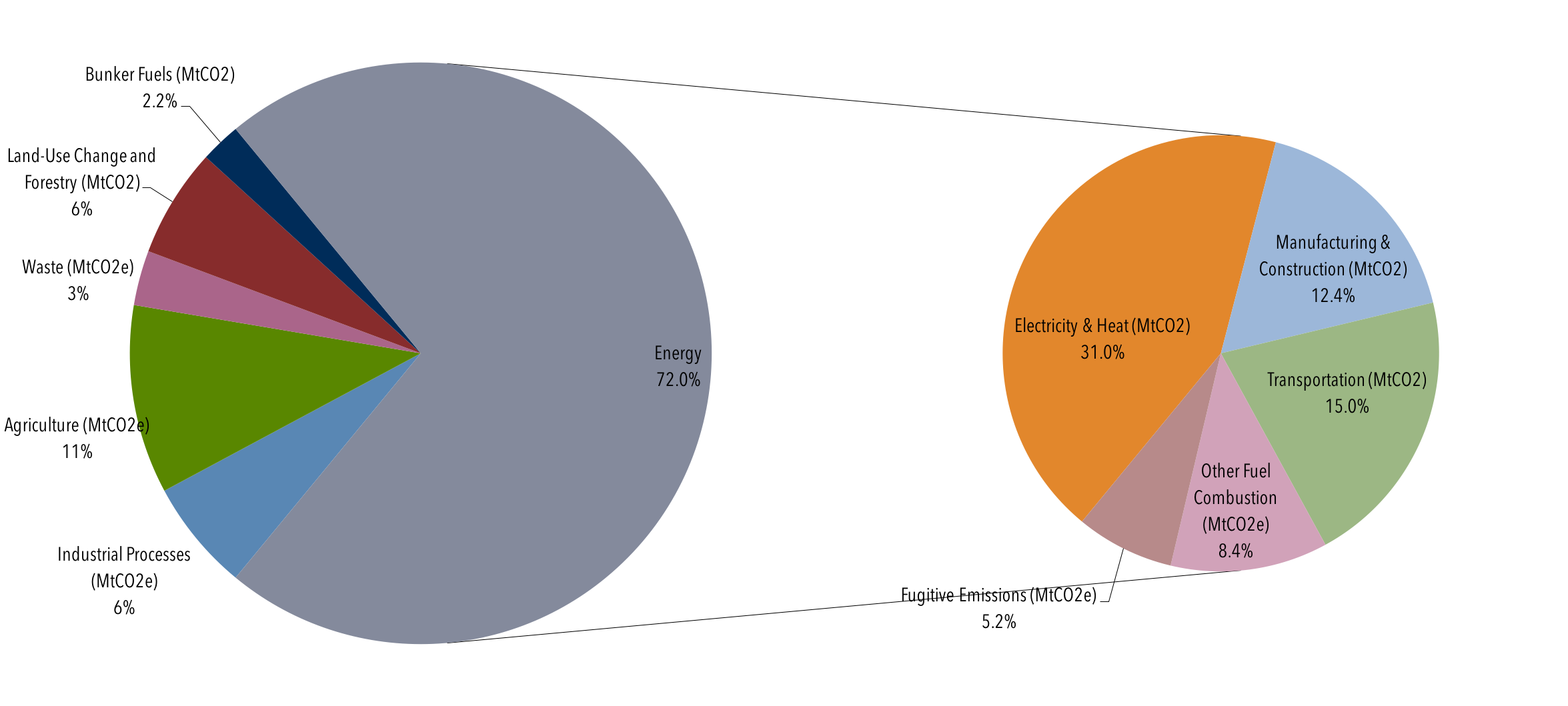



Global Emissions Center For Climate And Energy Solutions
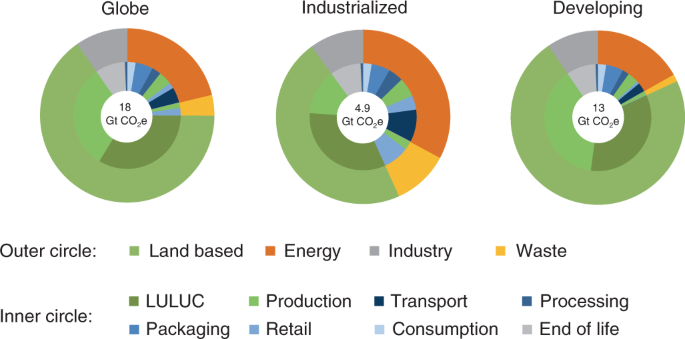



Food Systems Are Responsible For A Third Of Global Anthropogenic Ghg Emissions Nature Food
.png)



Fact Sheet The Growth In Greenhouse Gas Emissions From Commercial Aviation White Papers Eesi



Q Tbn And9gcs3 Vn3xnwnq9ifctpyrsa2ofh2ymxfw2rxlcy7frr77uflqr Usqp Cau
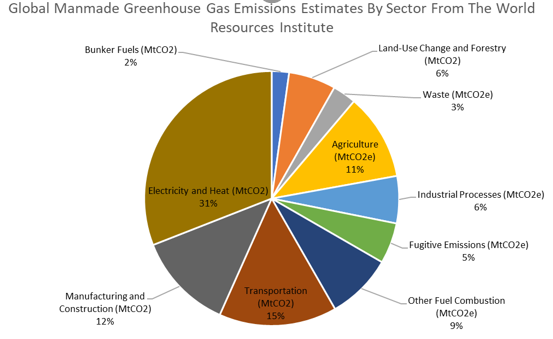



How Much Does Animal Agriculture And Eating Meat Contribute To Global Warming



Www Pbl Nl Sites Default Files Downloads Pbl Trends In Global Co2 And Total Greenhouse Gas Emissions 19 Report 4068 Pdf




How Each Country S Share Of Global Co2 Emissions Changes Over Time World Economic Forum
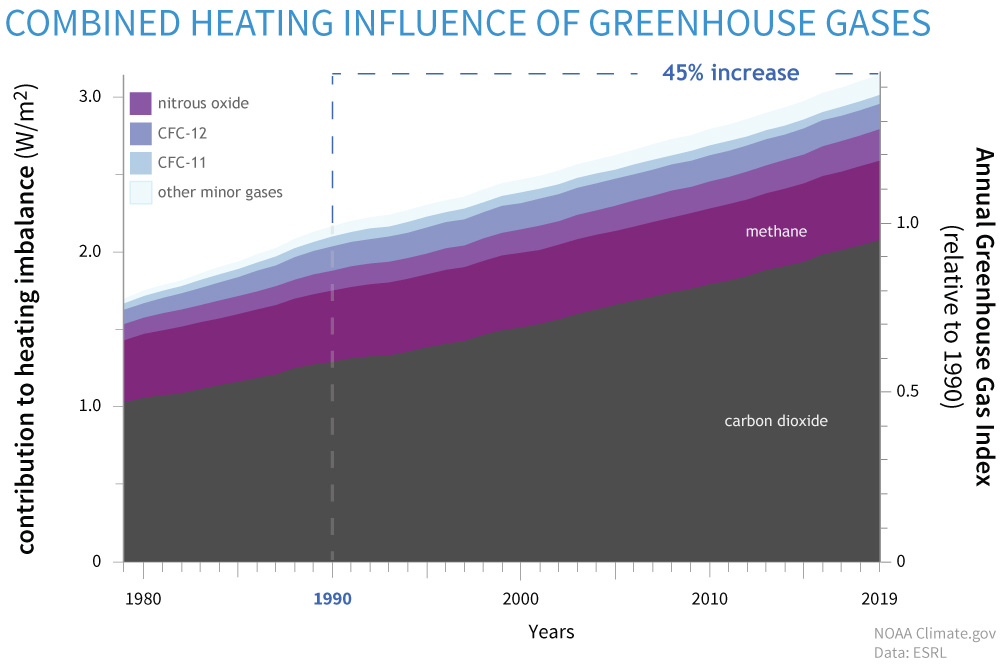



Climate Change Annual Greenhouse Gas Index Noaa Climate Gov
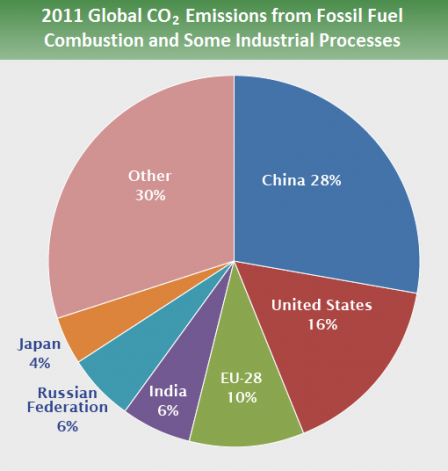



Global Greenhouse Gas Emissions Data Greenhouse Gas Ghg Emissions Us Epa




5 Charts Show How Your Household Drives Up Global Greenhouse Gas Emissions Pbs Newshour Weekend
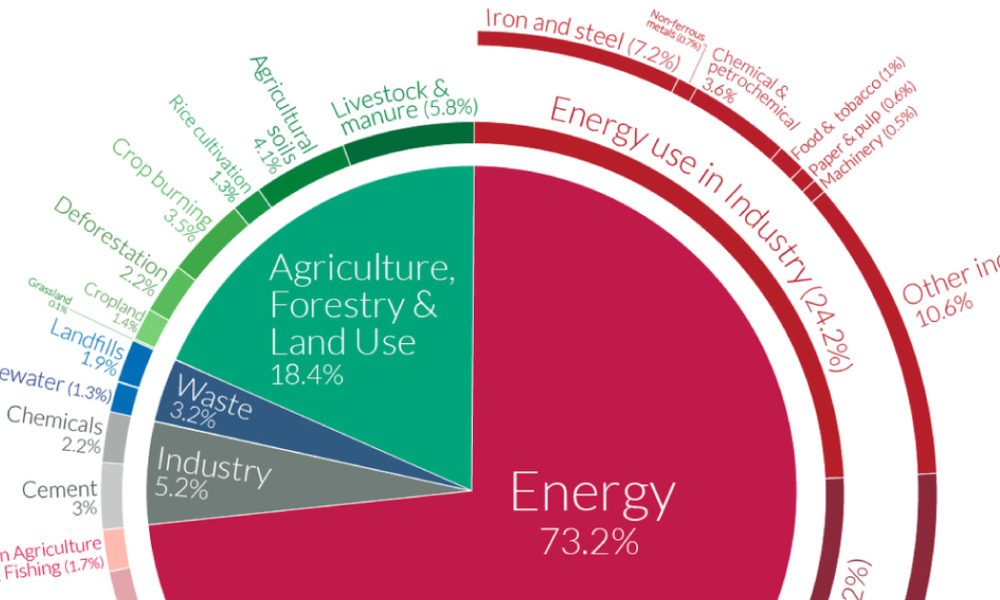



A Global Breakdown Of Greenhouse Gas Emissions By Sector




Greenhouse Effect 101 Nrdc



Greenhouse Gas Emissions By The United States Wikipedia
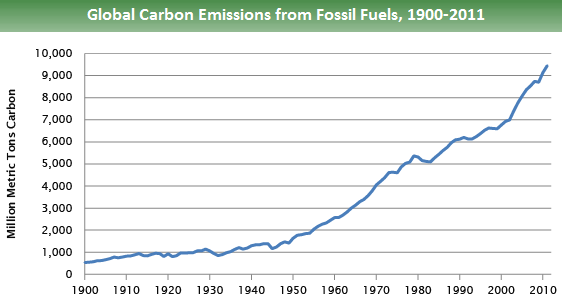



Global Greenhouse Gas Emissions Data Greenhouse Gas Ghg Emissions Us Epa



Balancing The Greenhouse Gas Emissions Budget It S Not Just Carbon By Emma Elbaum




The European Union S 50 Global Greenhouse Gas Emissions Goal Is Unrealistic Global Energy Institute



0 件のコメント:
コメントを投稿